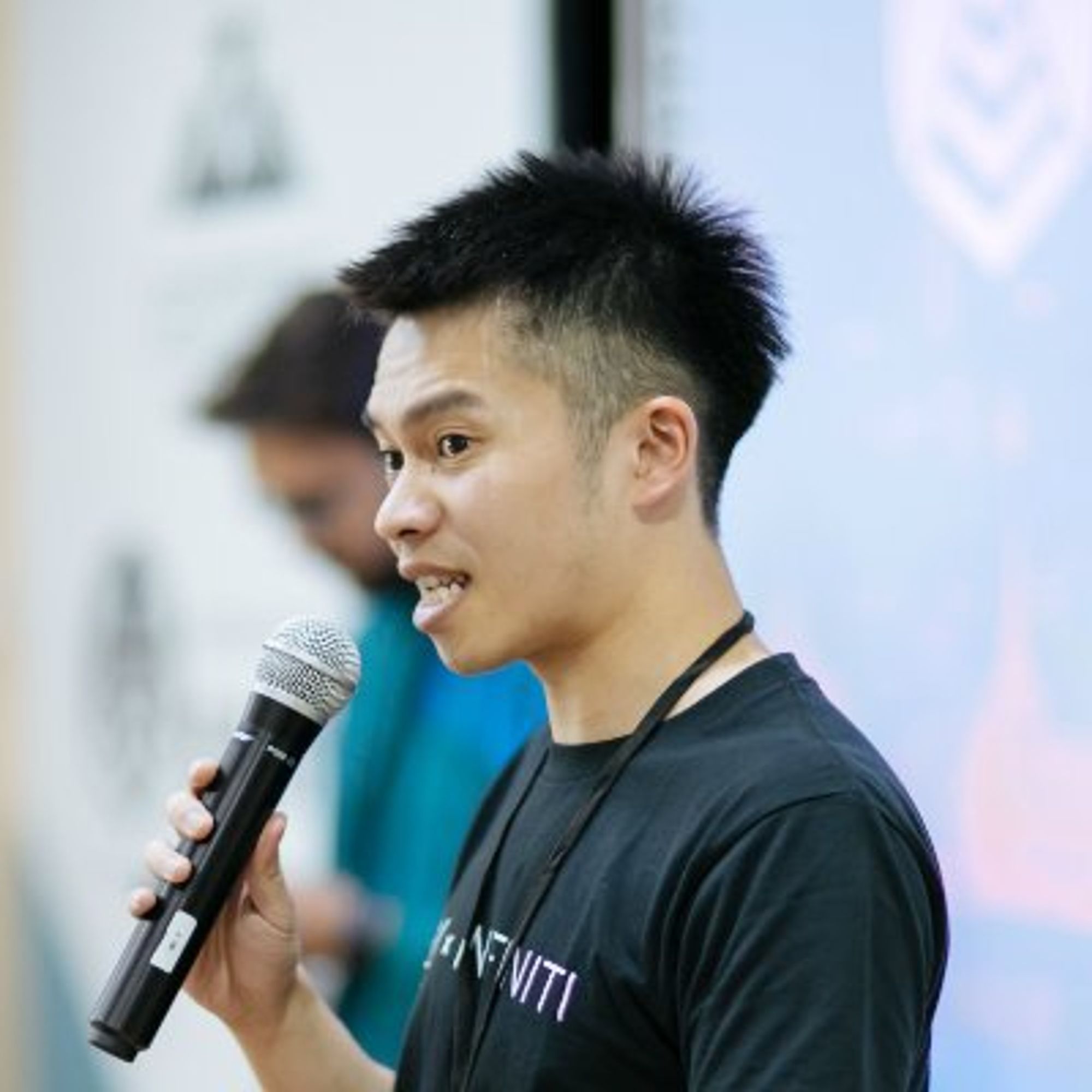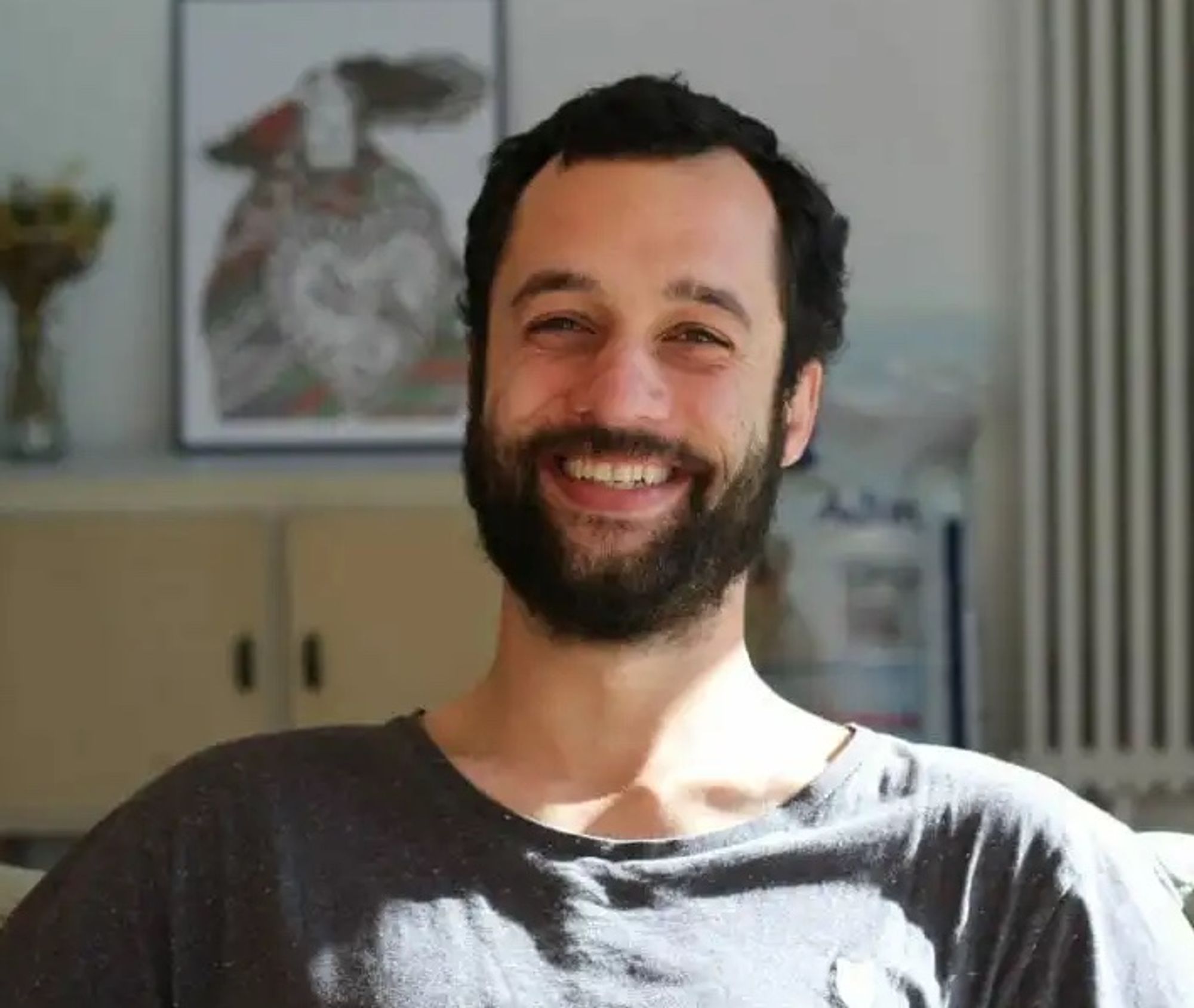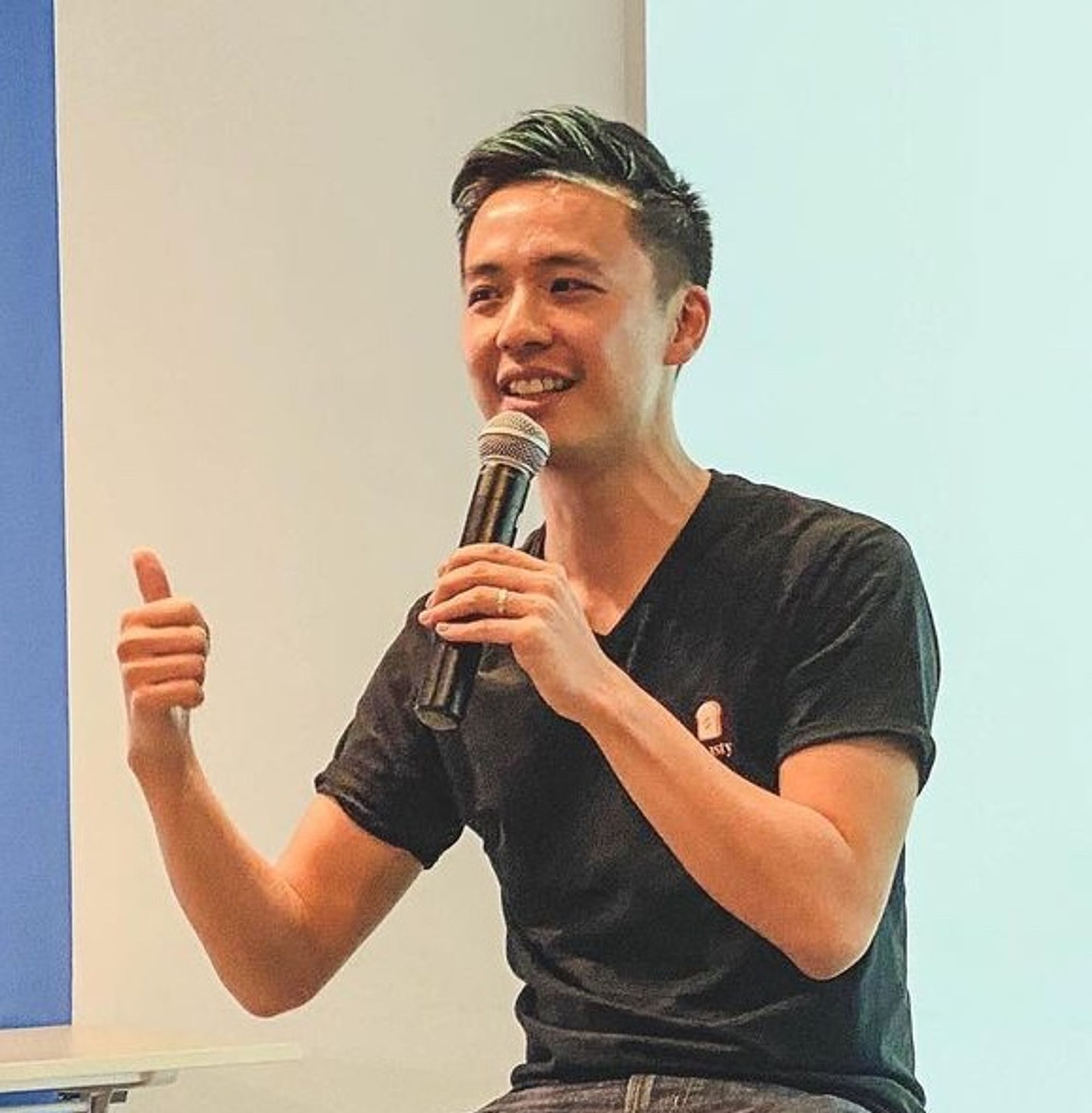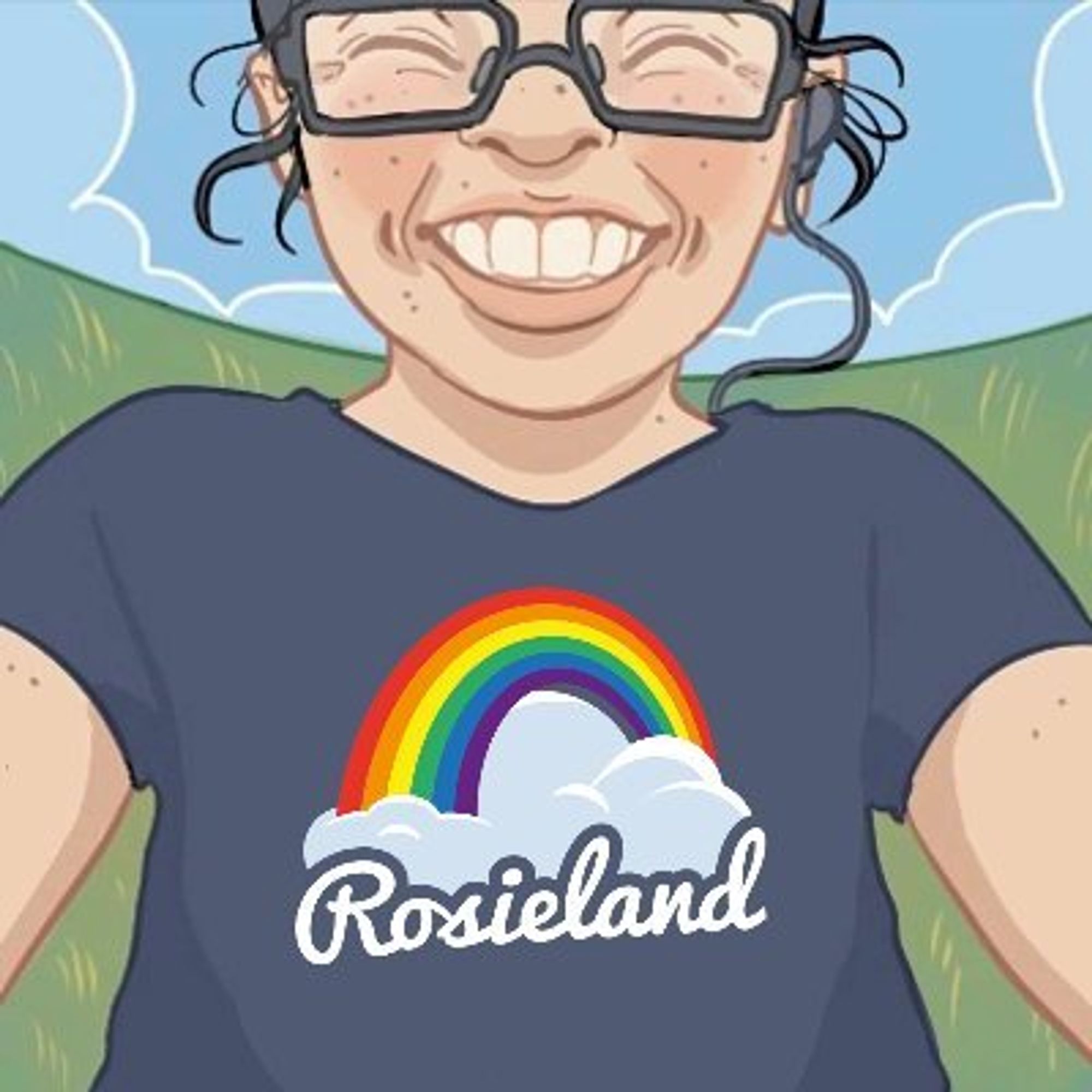Table of Contents
What is the product launch
- webinars
- info-product launches
- conferences, etc.
Where to launch a product
- Indie Hackers
- TikTok
- Hackers News
- Product Hunt
👀 Platform launches: Important things to consider
Data relevance

Lifetime Deals

Other downsides of a lifetime deal:
- When users get a lifetime deal they don’t hurry to use the product — they have their whole life, so what’s the rush? That prevents you from getting valuable feedback you need today.
- By lowering the price you lower the perception of your product’s value. Customers don’t recognize it as valuable any more and don’t create strong relationships with the brand or founder
- Super seducing offers attract the wrong customers, customers who are not your target audience, and not who you’d want to serve. Therefore, the feedback you will be getting from them is not relevant to your product development.
- Low-value users still increase your costs. You’re paying for increased hosting costs and decreasing your margins. The cash you were hoping to generate when creating this offer therefore gets burnt faster than you expected.
When to do Lifetime deals:
- When you need fast feedback to improve your product
- When you need quick cash to make you last for several more weeks
- When it’s Black Friday
When NOT to do lifetime deals:
- When you have a product-market fit
How to do Lifetime deals well:
- Limit the number of lifetime deals available. Create a countdown showing how many lifetime deals are left. This creates a FOMO effect and prompts users to make a faster decision. Limiting the number of lifetime-deals available also limits the potential hit to your long-term MRR.
- Create a strong referral campaign that will support the offer (for that you need access to productive partnerships). Word of mouth should be spread fast and efficiently. Use as many influencers as you can to amplify your message.
- Alternatively, you can limit the lifetime deals for specific features or plans that you want your users to try out more
- Consider the possibility of doing a “Pay now and get 3 month free” campaign instead. Or offer “1 year deal” instead of lifetime.
- As an alternative to the number of deals, set a time limit: for example, 2 weeks maximum. This will create a FOMO effect as well.
- Marry a LTD and an auction idea (discounting pricing). Increase the price for the LTD every day or two or after every 20 deals sold.
Further Reading
🔥 Further Listen

Written by
We’re interviewing founders, studying their growth stories, and distilling their wisdom into straightforward advice.

Written by
Felix Wong is an angel investor, growth marketer and data analyst with a deep expertise in nocode tools and UI/UX design. Worked as a growth mentor for startups, community manager and a Head of Growth for AngelHub. Being passionate about side projects, Felix launched multiple design-related products on Product Hunt You can follow Felix on Twitter @felix12777 and LinkedIn

Written by
Arnaud is an indie hacker and a co-founder of Breakcold.com — an AI-based service that allows users to create smart icebreakers for cold outreach emails and improve open rate considerably. He’s a former Lawyer turned startup founder in the cold email space. Arnaud shares his journey from $0 to 20,000 MRR in 2022 on Twitter. He 🧊🔨 builds his startup in public and loves skateboarding 🛹🇲🇫 You can follow Arnaud on Twitter @ArnaudBelingaCX and LinkedIn

Written by
Tom is a co-founder of TweetHunter — a $60K MRR SaaS that helps to grow an audience on Twitter by offering AI-based insights about topics you should tweet about. Tom fully bootstrapped the product with his co-founder Tobias. You can follow Tom on Twitter @tomjacquesson

Written by
Kyle is a digital nomad and a founder of www.usegravity.app — a SaaS boilerplate that helps founders ship products at warp speed. He grew his previous startup using a VC-track, exited and made a conscious choice to become a bootstrapper. Kyle is also a course instructor on how to build SaaS in a couple of weeks. To get the details follow Kyle on Twitter @kylegawley











